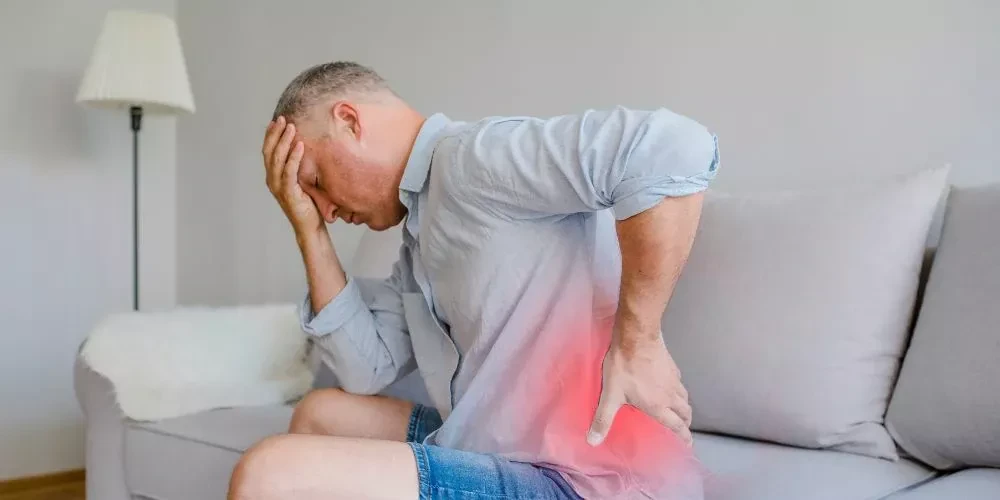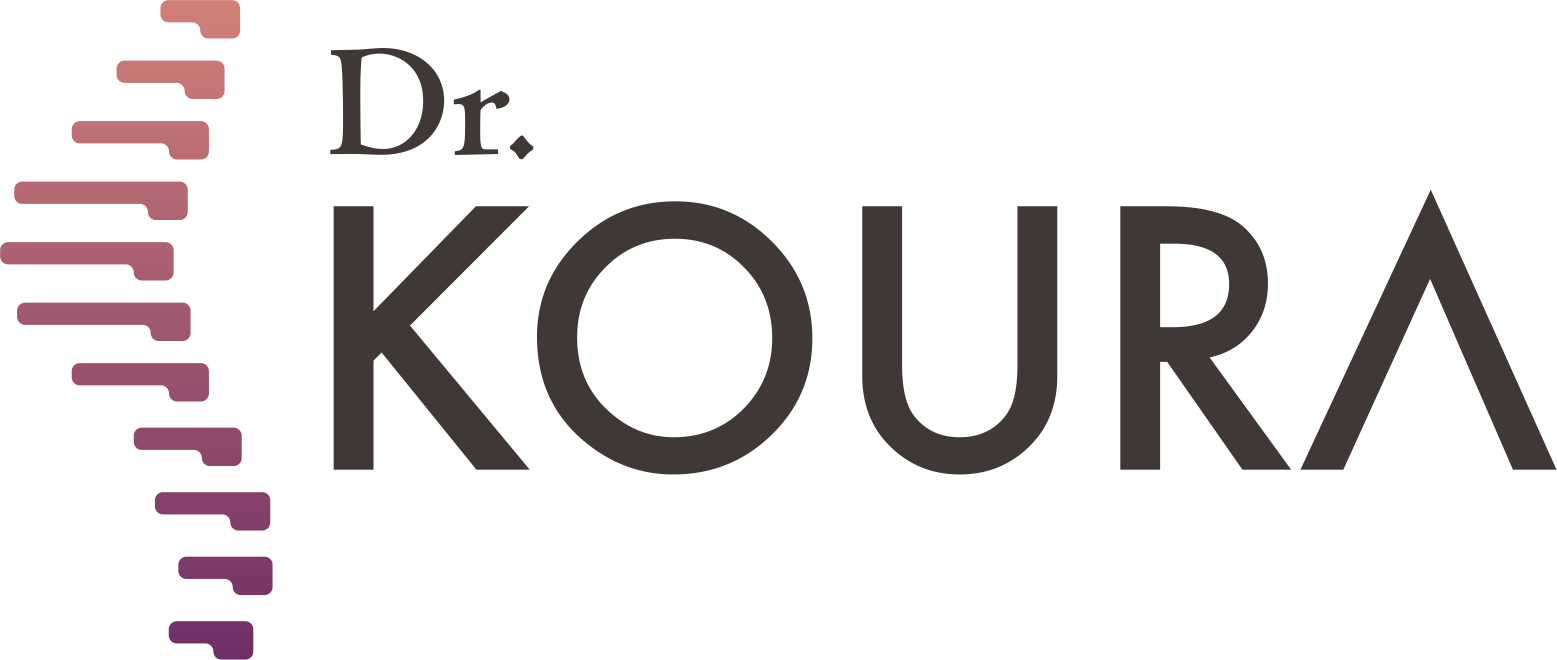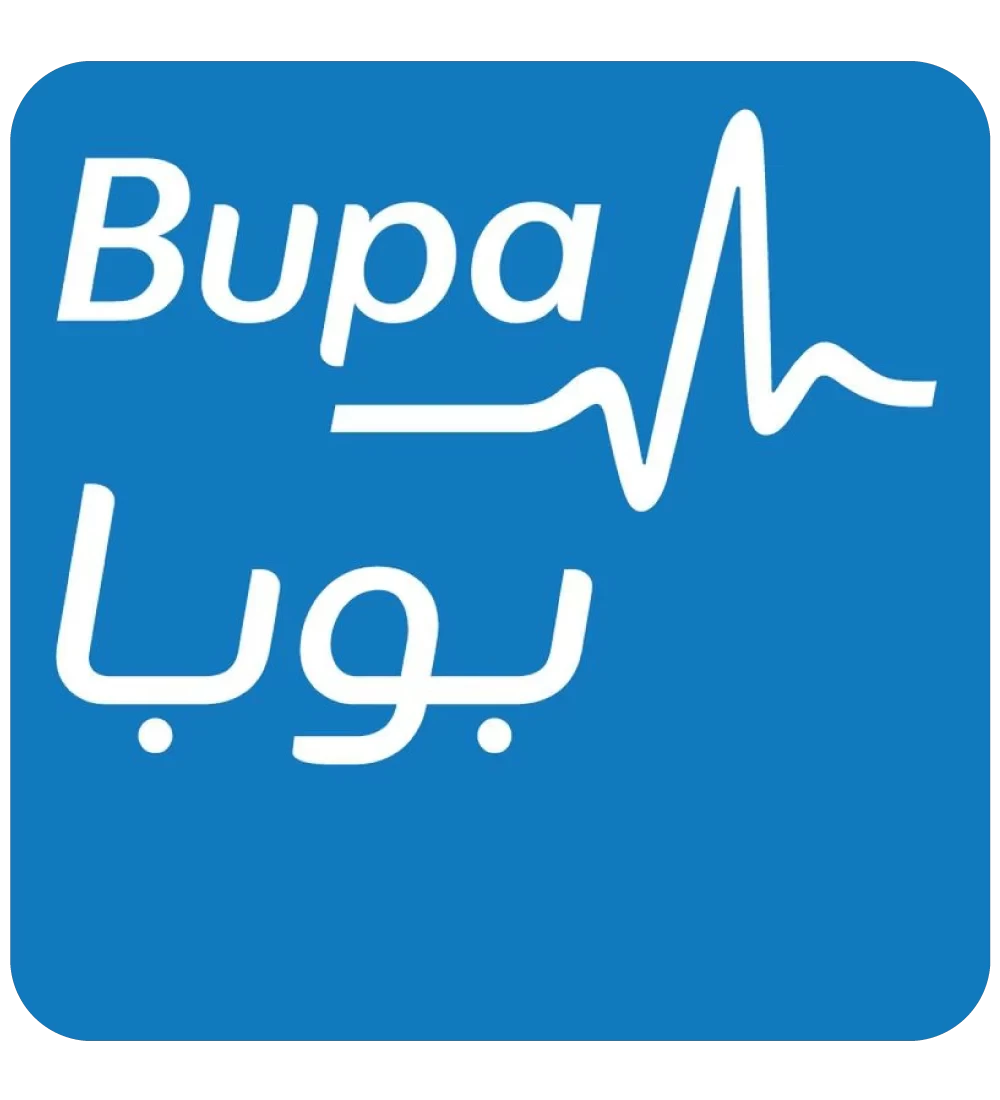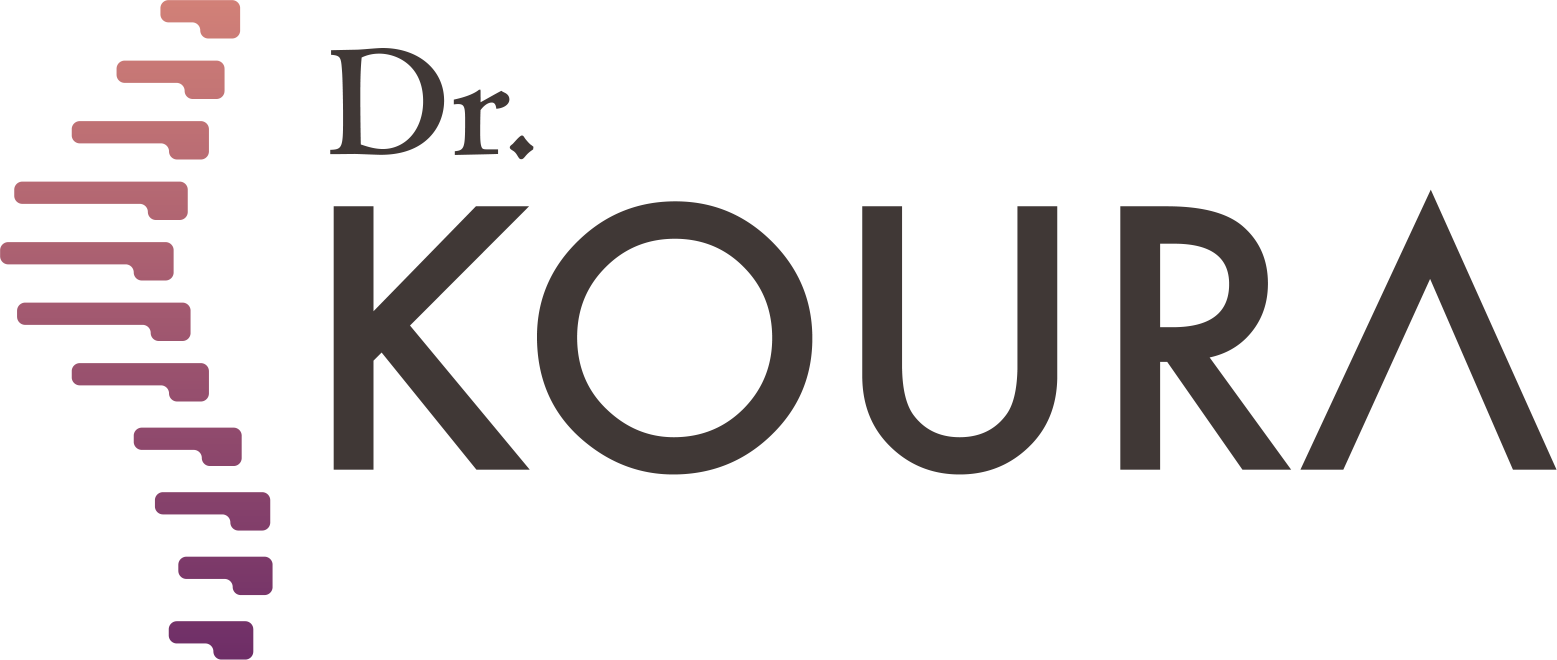
To see patients' reviews
Click hereLower back pain and the best treatment methods


Lower Back Pain: Symptoms, Causes, and How to Relieve It
Lower back pain is a common condition that affects the lower part of the spine and is often caused by several factors related to improper posture and incorrect daily habits. This pain can range from mild to chronic and can significantly impact quality of life. One of the common causes of this pain is lifting heavy objects incorrectly, which leads to strain on the muscles and the soft tissues of the back. Pain can also occur due to sudden or improper bending, putting excessive pressure on the vertebrae and surrounding tissues. Additionally, the pain may be caused by a slipped disc in the lower back, where the disc between the vertebrae slips or tears, putting pressure on the nerves, resulting in sharp pain that extends to the legs or other areas. The interaction of these factors can cause pain in the spine, affecting a person’s ability to perform daily activities naturally.
How is lower back pain diagnosed?
Diagnosing lower back pain requires a thorough evaluation by a doctor or a specialized medical center to ensure a clear picture of the condition and determine the most suitable treatment. The doctor usually starts by taking a detailed medical history, including current symptoms, past injuries, and factors that may contribute to the pain. This is followed by clinical examinations, including assessing back movement, muscle strength, and the location of the pain. Based on these initial tests, the doctor may recommend additional tests such as:
- Laboratory tests: This may include blood and urine tests to detect signs of inflammation or joint-related diseases or infections that could be causing the pain.
- X-rays: Help assess bone structure and detect any changes or wear and tear in the vertebrae.
- Magnetic resonance imaging (MRI): Provides detailed images of the nerves, cartilage, and soft tissues, helping to identify disc herniation, protrusion, or other tissue problems.
- CT scans: Offer a more detailed image of the skeletal structure and can be useful in specific cases to identify particular issues.
- Muscle function tests: Can help determine the strength of muscles and their response to pain.
After analyzing the test results, the doctor will develop a comprehensive treatment plan that considers the patient's overall health and avoids any treatments that may conflict with their health condition. This step is essential to ensure the most suitable treatment that helps reduce pain and improve the patient’s quality of life.
What are the causes of lower back pain?
Lower back pain can result from a variety of reasons affecting spinal health. Some of the main causes include:
- Infectious diseases: Bacterial infections in the spine or other areas like the bladder or kidneys can cause pain in the lower back.
- Sciatica: Causes pain that extends from the lower back to the thighs and hips, sometimes being extremely severe and bothersome. However, sciatica can be treated without surgery to relieve this pain.
- Tumors: Tumors that appear in the spine, whether benign or malignant, can cause lower back pain.
- Nerve injuries: Injury to the nerves surrounding the vertebrae can lead to painful spasms in the lower back, restricting movement and causing severe pain.
What are the main causes of lower back pain?
- Slipped discs: Occur when vertebrae slip out of their natural position, pressing on nerves, causing discomfort and pain in the lower back.
- Osteoporosis: Calcium deficiency weakens bones and makes them prone to fractures, leading to pain in the lower back during exertion.
- Herniation: Happens when a vertebra bursts or becomes damaged, pressing on the nerves in the spine, leading to muscle tension and severe pain.
- Arthritis: Conditions like osteoarthritis increase pressure around the vertebrae, leading to chronic lower back pain. Chronic bone inflammation can also cause vertebral osteomyelitis.
- Prolonged sitting: Sitting for long periods without changing position can lead to spinal problems. It is recommended to sit correctly with a straight back and shoulders and move regularly to stimulate blood circulation.
- Weight gain: Excess weight puts pressure on the vertebrae, weakening them, which leads to lower back pain.
Additional Causes of Lower Back Pain
Several other factors can lead to lower back pain, in addition to common causes. These factors include:
- Loss of gel-like substance between vertebrae: This substance is essential for maintaining vertebrae flexibility, and when it disappears, it can cause roughness between the vertebrae, leading to pain.
- Stomach diseases: Conditions like gallbladder inflammation or digestive ulcers (such as duodenal ulcers) may cause referred pain to the lower back.
- Improper exercise: Incorrect exercises or poor techniques can damage muscles and worsen pain.
- Spinal ligament tears: Injury to the ligaments can cause disc slippage, increasing the likelihood of pain.
- Pregnancy and childbirth: In the later stages of pregnancy, the increased weight of the fetus can exert considerable pressure on the spine, affecting the vertebrae and causing pain.
- Diseases of the reproductive and urinary systems: Some medical conditions in these systems can reflect pain in the lower back.
- Sleeping in the wrong positions: Sleeping in improper positions can cause muscle tension in the back, leading to pain.
- Psychological and nervous disorders: Stress, anxiety, and depression can exacerbate lower back pain, as mental health significantly impacts the body’s perception of pain.
Effective Options for Treating Lower Back Pain
Treating lower back pain can involve various options depending on the cause and severity of the pain. Here are some of the best methods to treat lower back pain:
- Manual therapy: Manual therapy involves adjusting the vertebrae and returning them to their natural position through specific sessions according to the patient's condition. This type of treatment can help restore balance in the spine.
- Radiofrequency treatment: Radiofrequency treatment is one of the best ways to treat lower back pain due to its significant effectiveness in pain relief and back improvement. This treatment works by reducing pain effectively and preventing its recurrence, making it a preferred alternative to surgery or temporary painkillers.
- Anti-inflammatory drugs: Anti-inflammatory medications are a good option for relieving pain without causing stomach ulcers and are a suitable alternative to painkillers. However, it is essential to consult a doctor before using them to avoid any potential side effects.
- Hot and cold compresses: Compresses are used to relieve pain and soothe muscles. Hot compresses help improve blood circulation, while cold compresses reduce inflammation. The duration of compress usage should not exceed 15 minutes to avoid any side effects.
- Steroids: Steroids are available in the form of injections or tablets. Injections are more effective and quicker in relieving pain, but consulting a doctor before starting treatment is essential to ensure proper use.
- Exercise: Exercise is an essential part of treating lower back pain as it helps strengthen muscles and support the spine. It is important to perform the exercises correctly and under medical supervision to avoid further harm.
- Massage: Massage can help relieve pain and relax muscles. Massage stimulates blood circulation in the spine area and should be performed by a specialist for the best results.
- Painkillers: Painkillers can be used for acute pain to manage it temporarily. However, painkillers do not provide a permanent cure, and excessive use can lead to stomach problems like ulcers.
- Sleep: Sleeping properly is crucial for maintaining spinal health. A good medical pillow should be chosen, and the mattress should be checked to ensure adequate support for the back. Proper sleep helps maintain the correct posture of the spine and avoid additional problems.
By using these methods appropriately and consulting specialized doctors, lower back pain can be effectively managed, and quality of life can be improved.
Tips for Increasing the Effectiveness of Lower Back Pain Treatment
For effective treatment of lower back pain, it is recommended to reduce long sitting periods and avoid lifting heavy weights. It is important to lift weights correctly from the ground and avoid sudden movements when getting out of bed. It is preferred to use supportive medical mattresses and refrain from smoking, as smoking can negatively affect spinal health. Additionally, practicing exercise on a firm surface under supervision is essential. When lying on your side, it is better to bend your knees toward your abdomen, and while sitting, ensure that your knees are higher than the level of your pelvis. It is also advisable to use a back brace to support the spine and maintain proper posture. These tips are based on the expertise of Dr. Mohamed Koura, the best doctor for treating back pain, ensuring you receive the best care and relief for lower back pain.
Dr. Mohamed Koura is here to assist you using the latest therapeutic techniques, including thermal radiofrequency and laser treatments for spinal pain without surgery—book your appointment now from here.
Why Choose Dr. Mohamed Koura ?
Simply because he is the best doctor in his feild. He stays updated on the latest treatment technologies through his participation in various international conferences with leading foreign doctors and experts. Finally, and most importantly, Dr. Mohamed Koura is the best doctor in Egypt and the Arab world, possessing 12 non-surgical techniques for treating spinal and joint problems. He was the first to introduce modern interventional treatment techniques in Egypt & the Middle East and is the only one using the disc fx technique to treat spinal pain.
To see patients' reviews
Click hereCertainly not, some cases must be treated surgically, and the most appropriate technique for the patient is determined through a medical examination and the presence of imaging studies.
No, it is necessary to make a reservation through a phone call or social media messages.
There are no risks or side effects associated with non-surgical pain interventions.
The patient needs only 3 to 4 days before they can travel comfortably, and the hospital stay does not exceed 6 to 8 hours.
A condition cannot be accurately assessed and a proper medical diagnosis made without a medical examination and recent imaging studies.
Yes, there are several payment methods available through Visa or electronic wallets by making a reservation on our website.
Certainly, obesity is one of the causes of knee osteoarthritis.
Radiofrequency activates the nerve and does not cause any damage to it.
Non-surgical interventions are a definitive treatment for some cases and pain relievers for other cases, which is determined by the doctor through a medical examination.
If the herniated disc is fully treated, there is a possibility of it reoccurring in some cases, such as not following the doctor's prescribed instructions after the intervention, experiencing an accident, or making a sudden wrong movement like lifting heavy objects.
The entire disc is not removed due to the presence of several risks and it may exacerbate the condition. Only the protruding part that causes pain is removed.
This cannot be done with radiofrequency, but it is performed through other techniques that Dr. Koura conducts.
The success or failure of non-surgical interventions cannot be judged through radiographic imaging because these procedures involve making subtle changes to critical parts to address the issue. Consequently, they do not produce significant changes to avoid potential complications in the future or damage to the spine and joints, which is our primary goal.
Spinal stenosis does not typically cause sciatica. In most cases, disc herniation is what may lead to sciatica. This does not necessarily mean that a patient with sciatica will also have spinal stenosis.
Sciatica may return if the patient does not adhere to the medical instructions provided by the doctor or in the event of an unexpected accident.
A life without pain without surgery
Once you book with Dr. Koura
Get rid of pain with just one call.. Book your appointment now with pain Management consultant Dr. Koura.






-webp.webp)




-webp.webp)
































